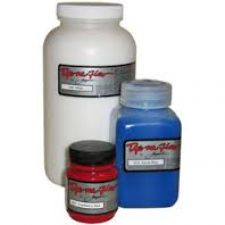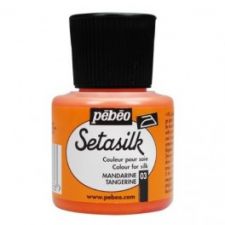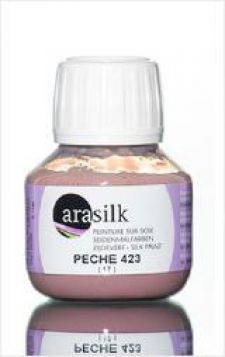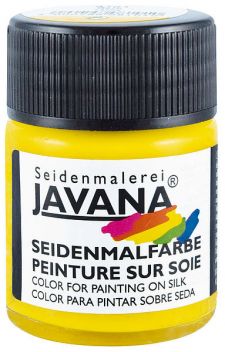Silk Painting How to
How to Categories
• Tips
Silk Paints
Silk paints are free-flowing, concentrated fluid acrylic paint and can simulate a true dye. They spread on fabric until absorbed and bind to the surface of the silk. They may slightly change the ‘hand’ of the silk. Some brands are more or less successful in lessening this disadvantage. Some artists believe that one is unable to achieve the same brilliance of color using paints and that the luminosity of the silk is lessened by the paints sitting on top of the fibers. Others find the differences negligible. Artists are drawn to silk paints because of the convenience of being able to set the paints by ironing as opposed to steaming. Silk paints are often used for creating paintings rather than wearable textiles because of its less than ideal hand. Be sure to work in a well-ventilated area when working with silk paints and most other silk painting products. Flowable Silk Paints The most common brands are: Opaque Silk Paints The most common brands are:
|
|



